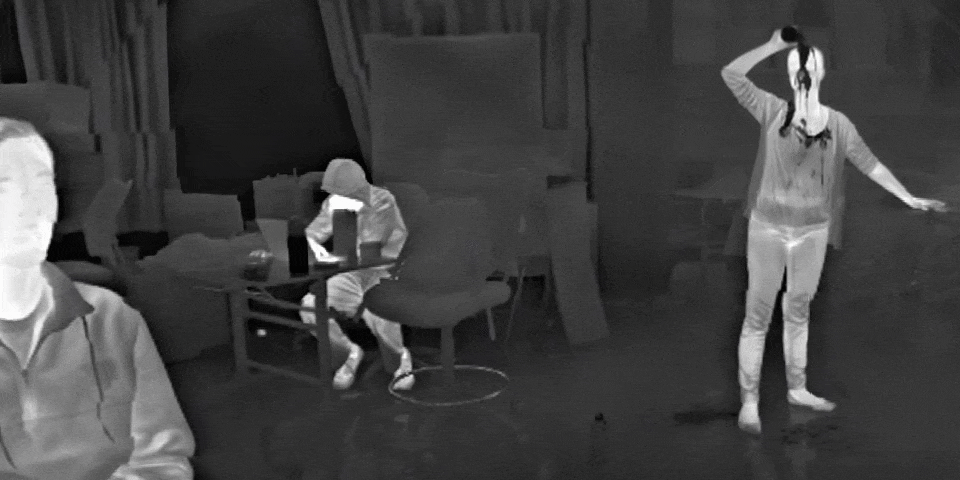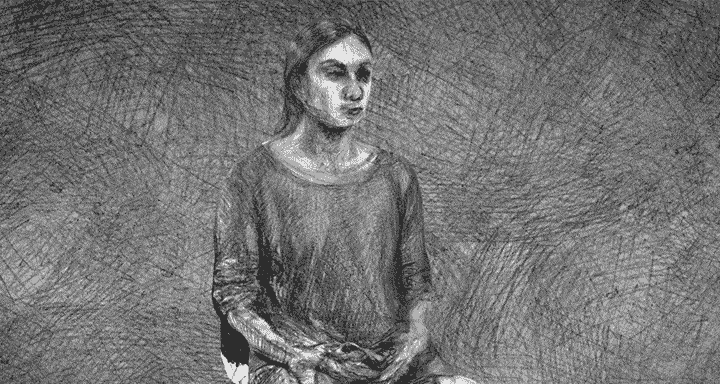
Challenge human perception and expand your skills with innovative and experimental techniques for capturing video, images, gestures and sound. In this exploratory workshop, you'll gain hands-on experience with a wide range of atypical technologies including panoramic and hyperspectral imagers, ultra high-speed cameras, depth sensors, 3D scanners, motion capture systems such as face-trackers and hand-trackers, binaural microphones, and more.
Have you been itching to tinker with an ultra-high-speed camera, record people and environments in 3D, see heat with a thermal camera, or examine flowers with the ultraviolet vision of birds and bees? Would you like to learn about inexpensive tools for doing so? Then this workshop—originally taught as a semester course at CMU, and now a one-week summer workshop at beautiful Anderson Ranch in Snowmass Village, Colorado—is for you.
Some experience in video editing software, 3D animation tools, and/or programming in arts-engineering toolkits such as Processing, JavaScript and/or openFrameworks is recommended. Students should bring a laptop with a recent operating system.


Capture a balloon popping in slow motion!
In this workshop, we'll also explore high-speed phenomena
with the Edgertronic,
a new, low-cost camera that can
shoot video at up to 18,000 frames per second.
In addition to the techniques decribed above,
we'll also have discussions and presentations about: